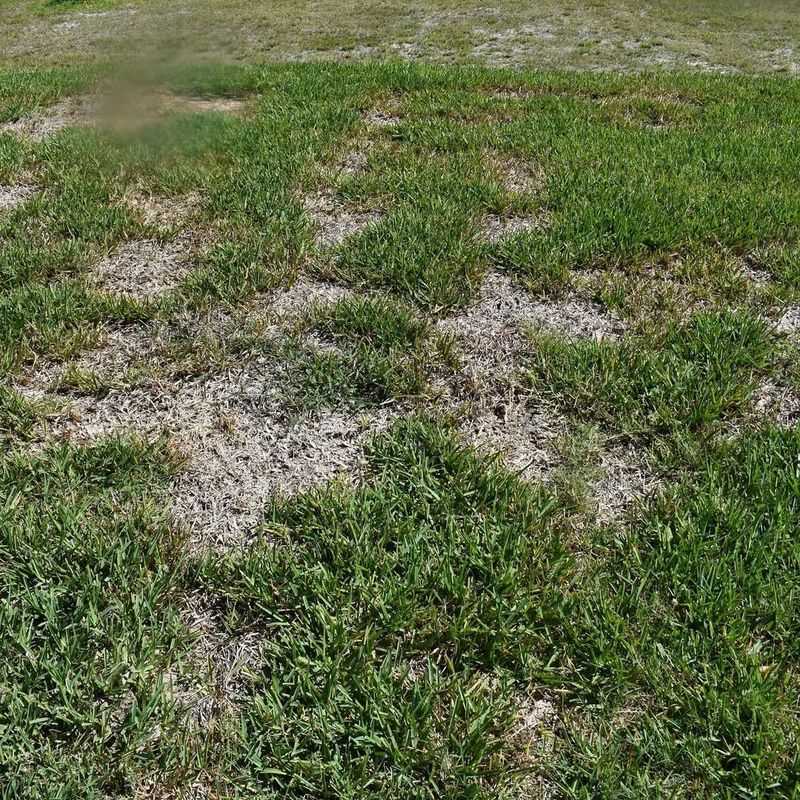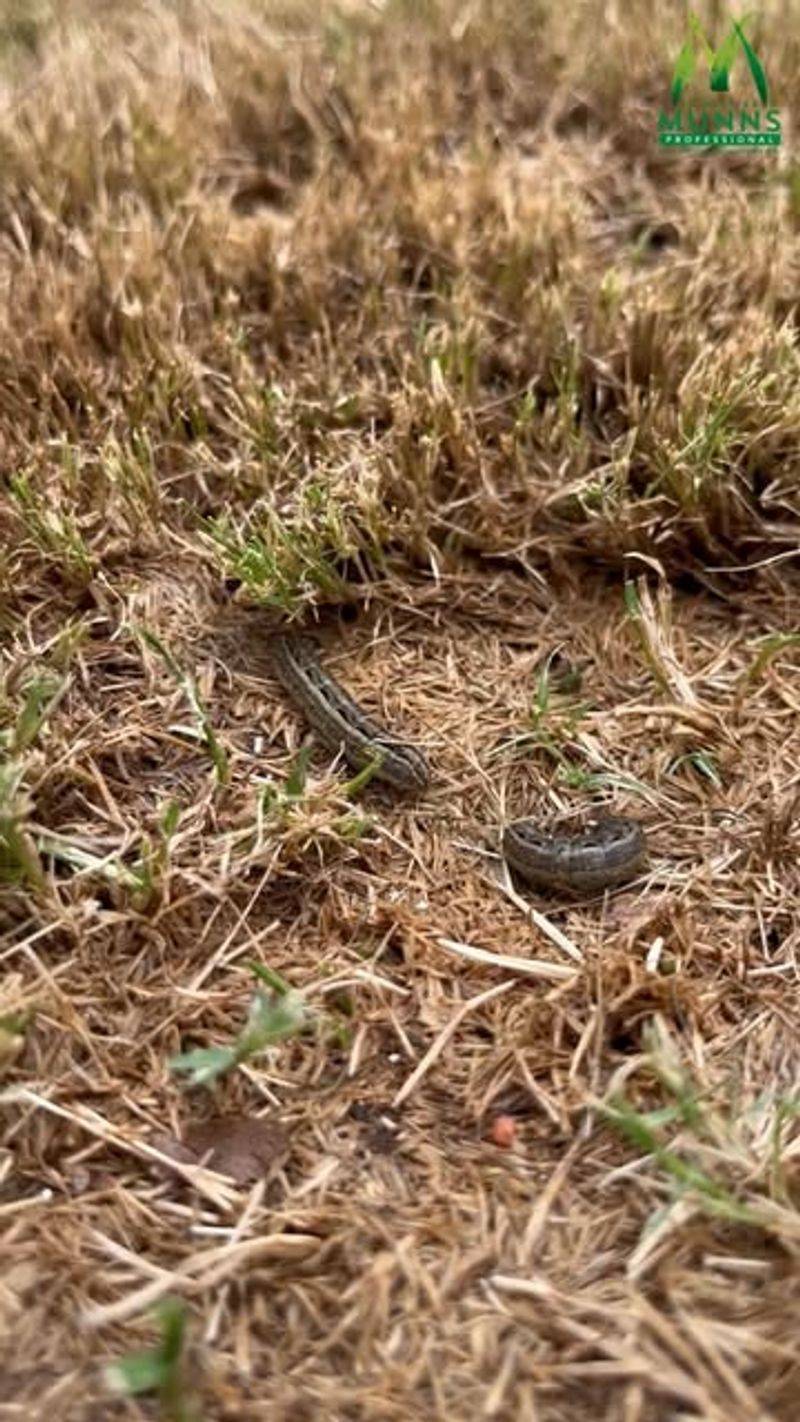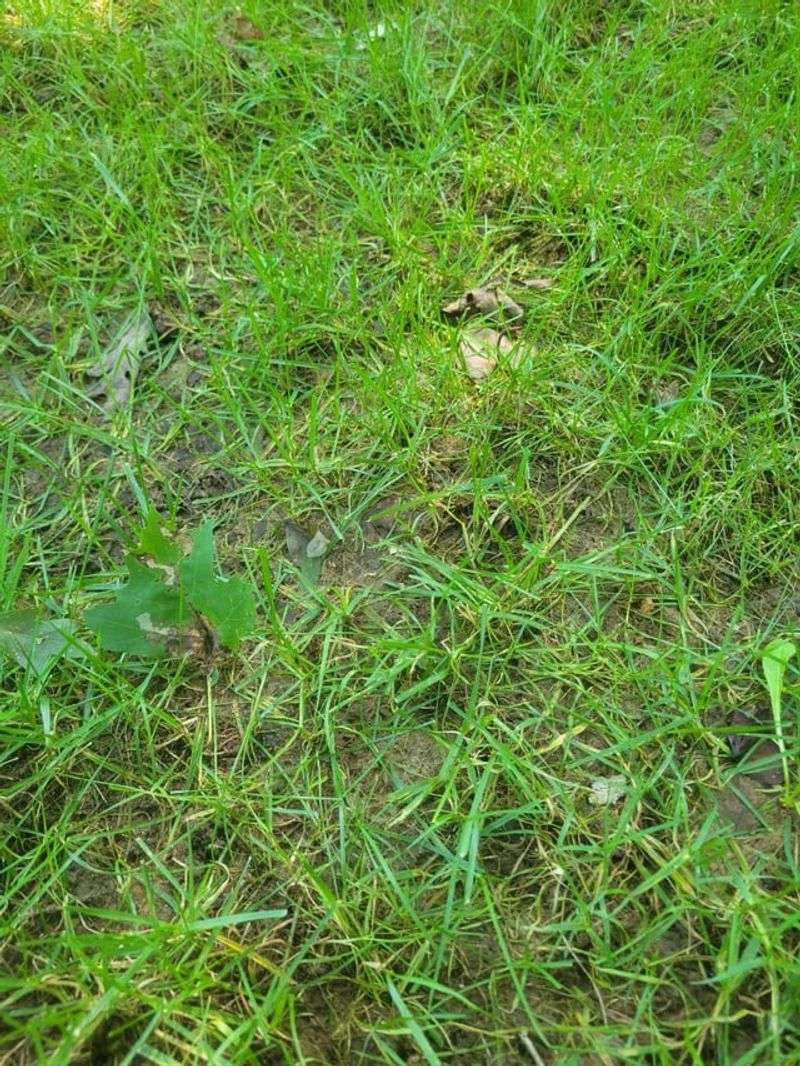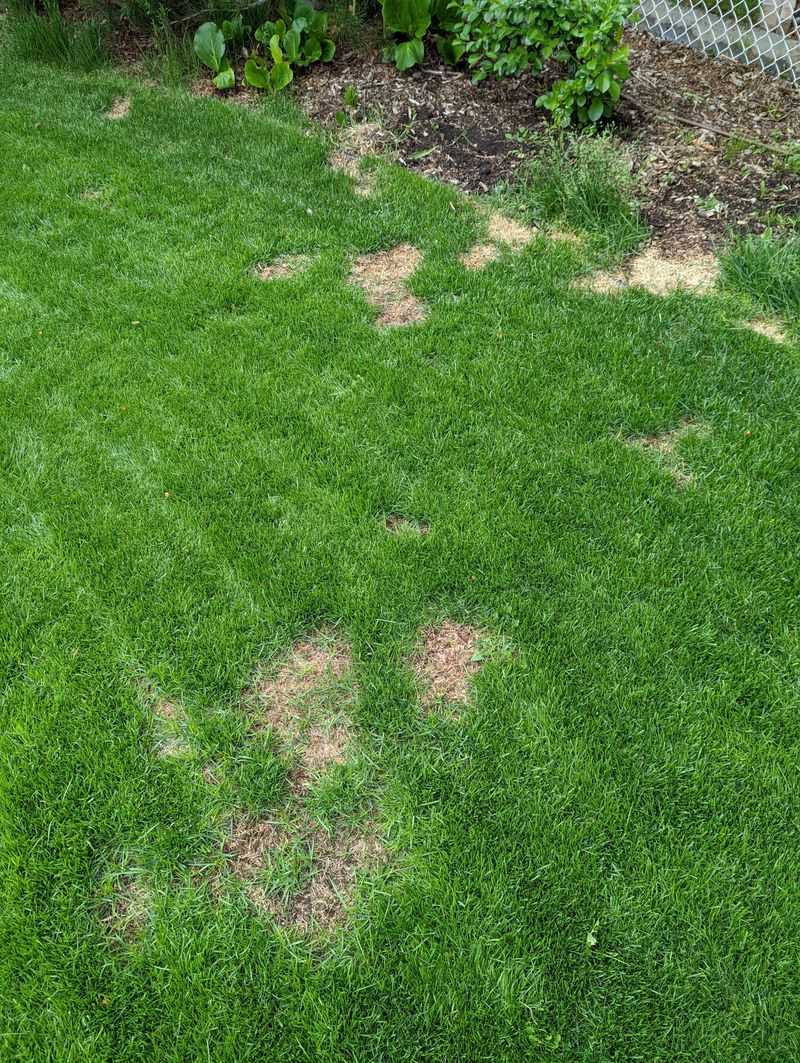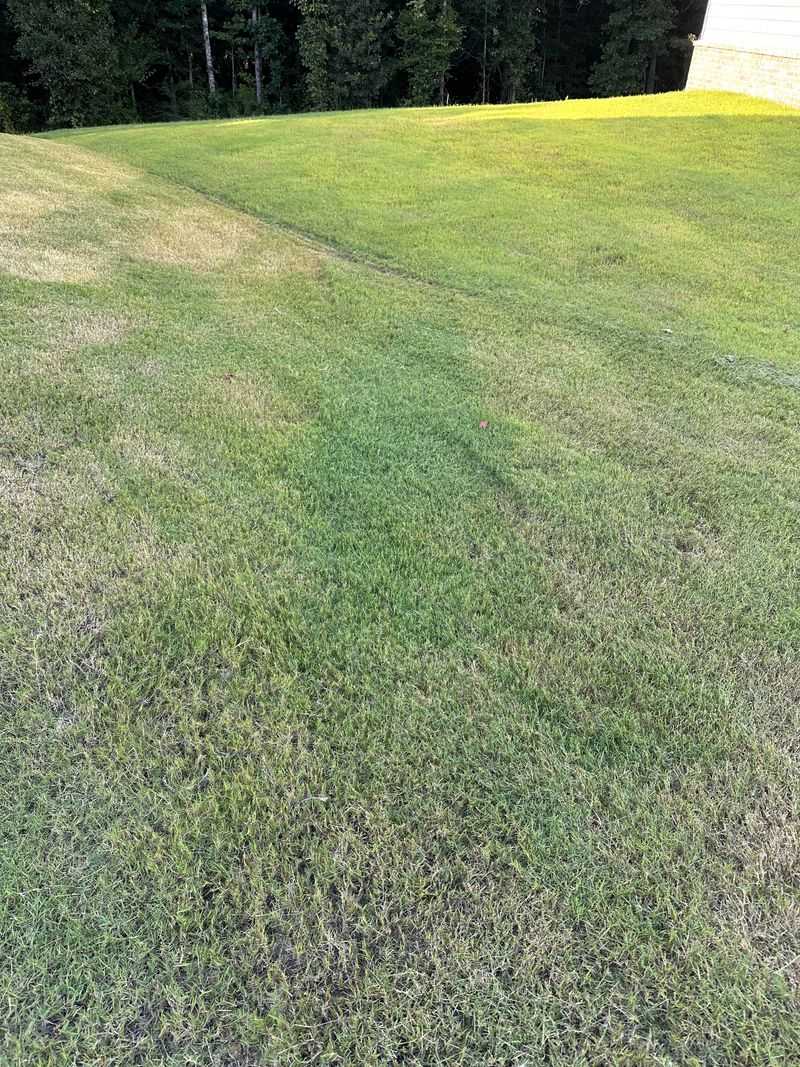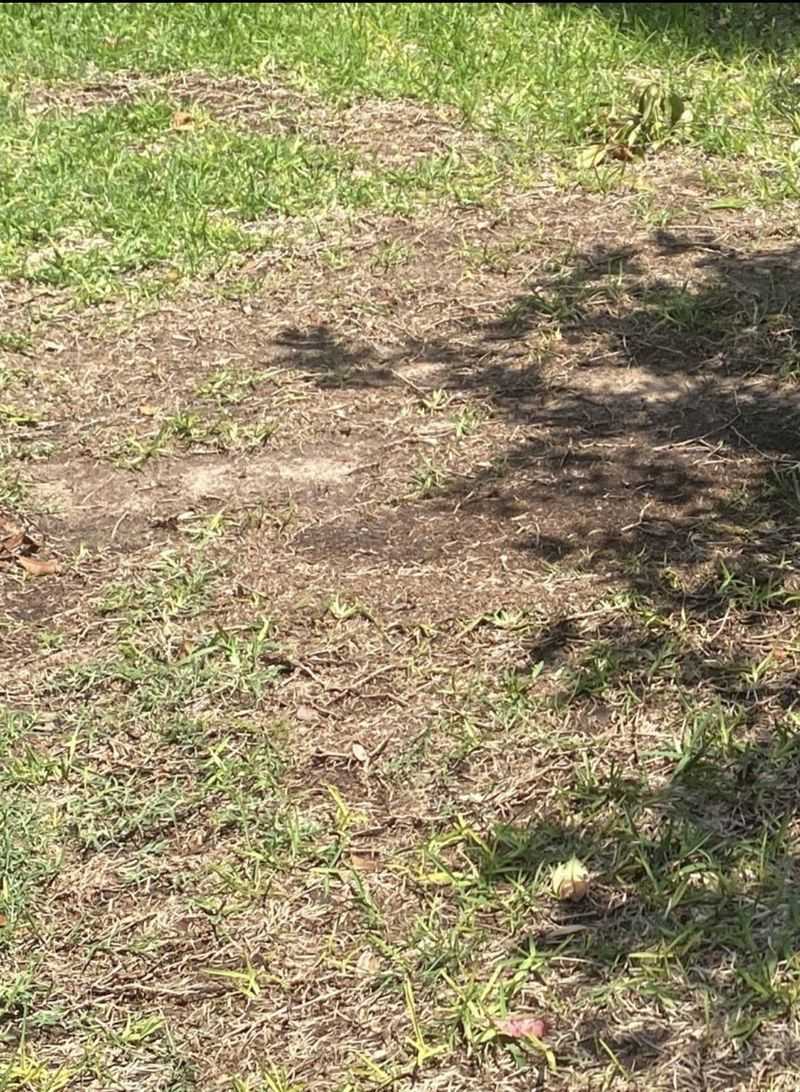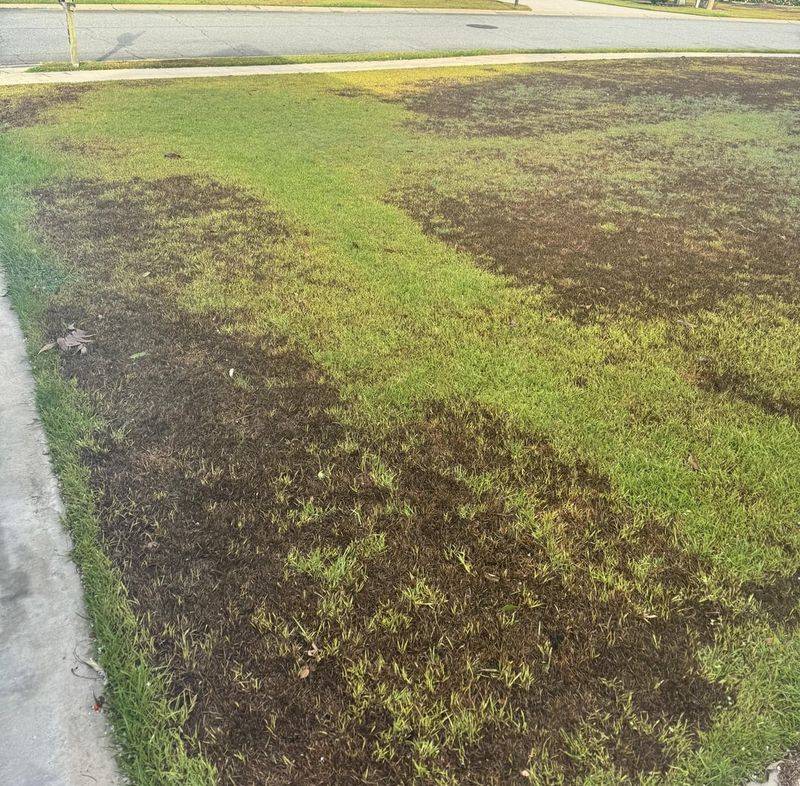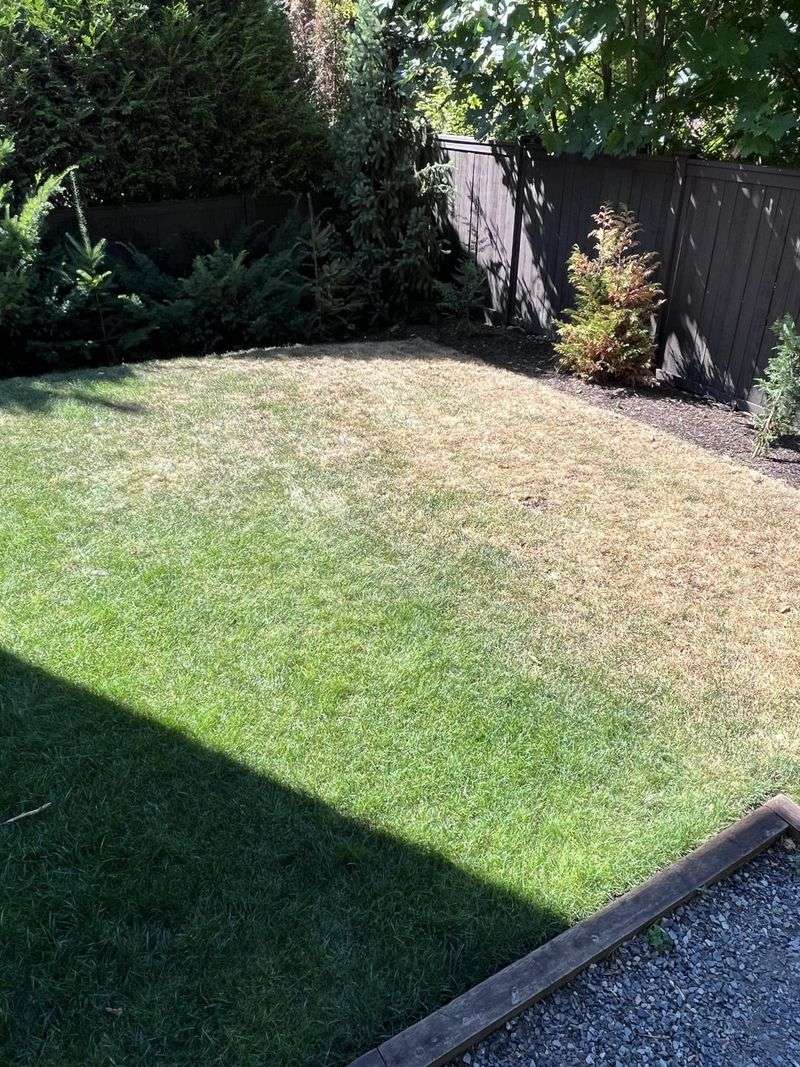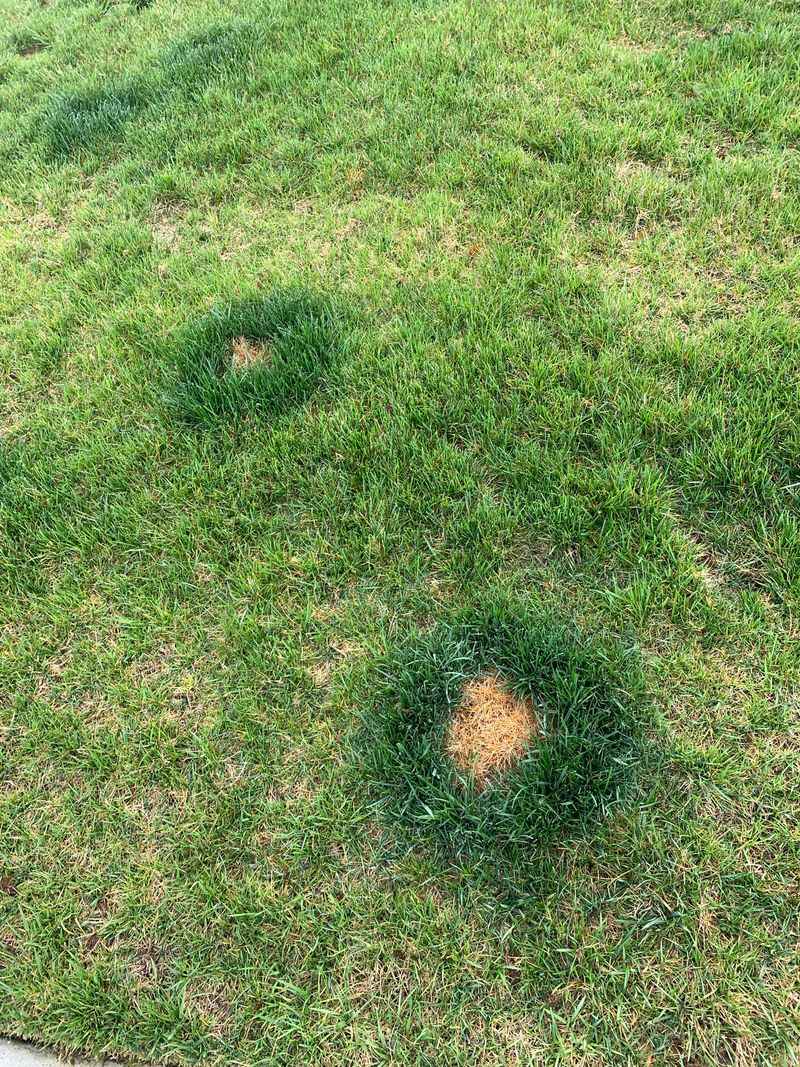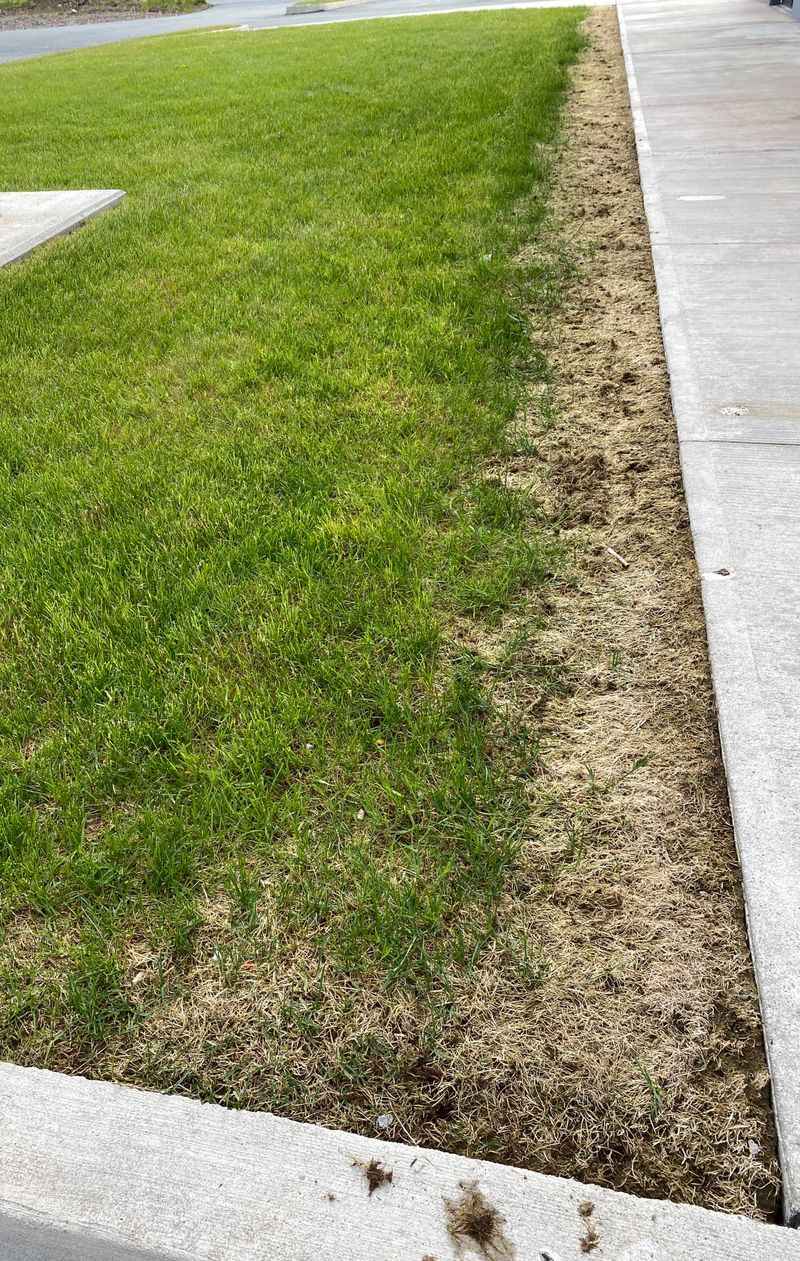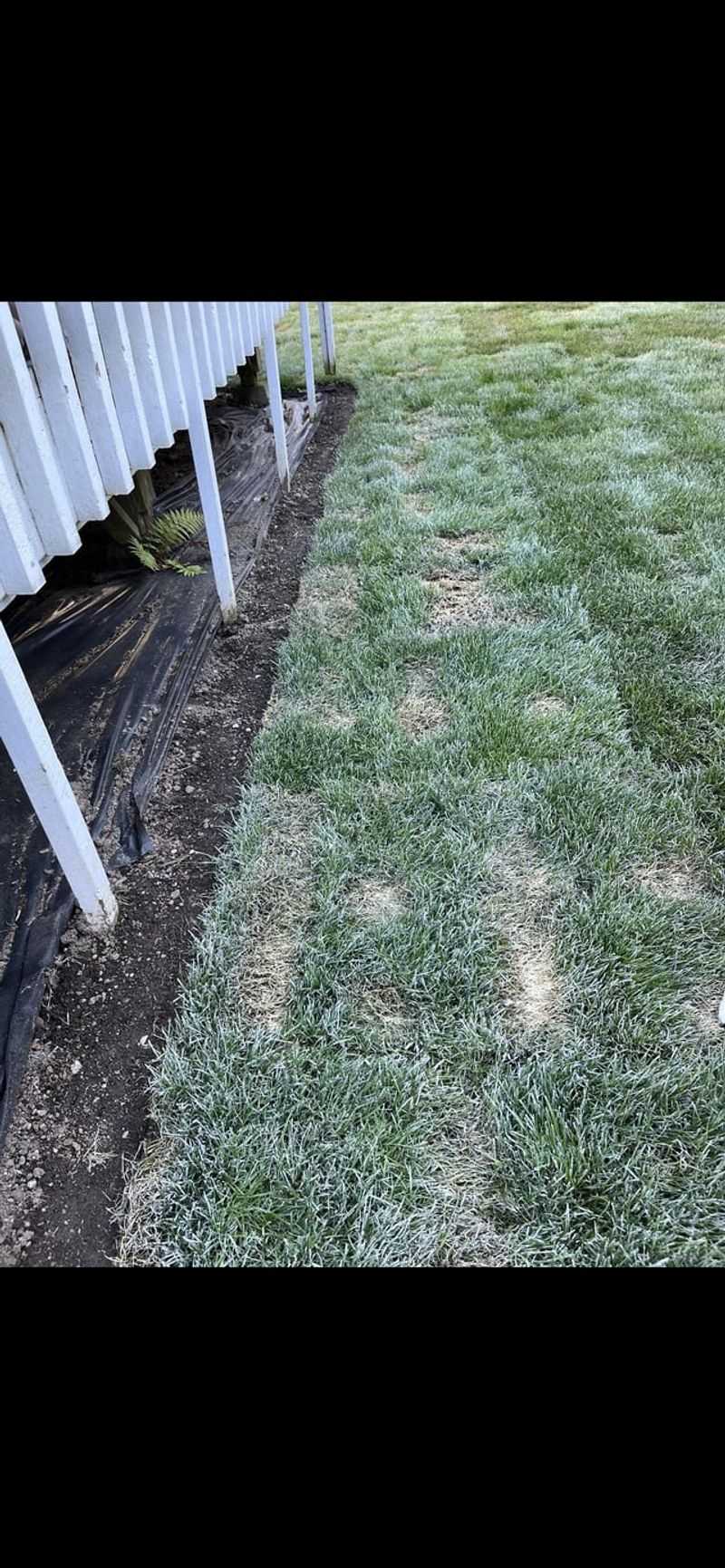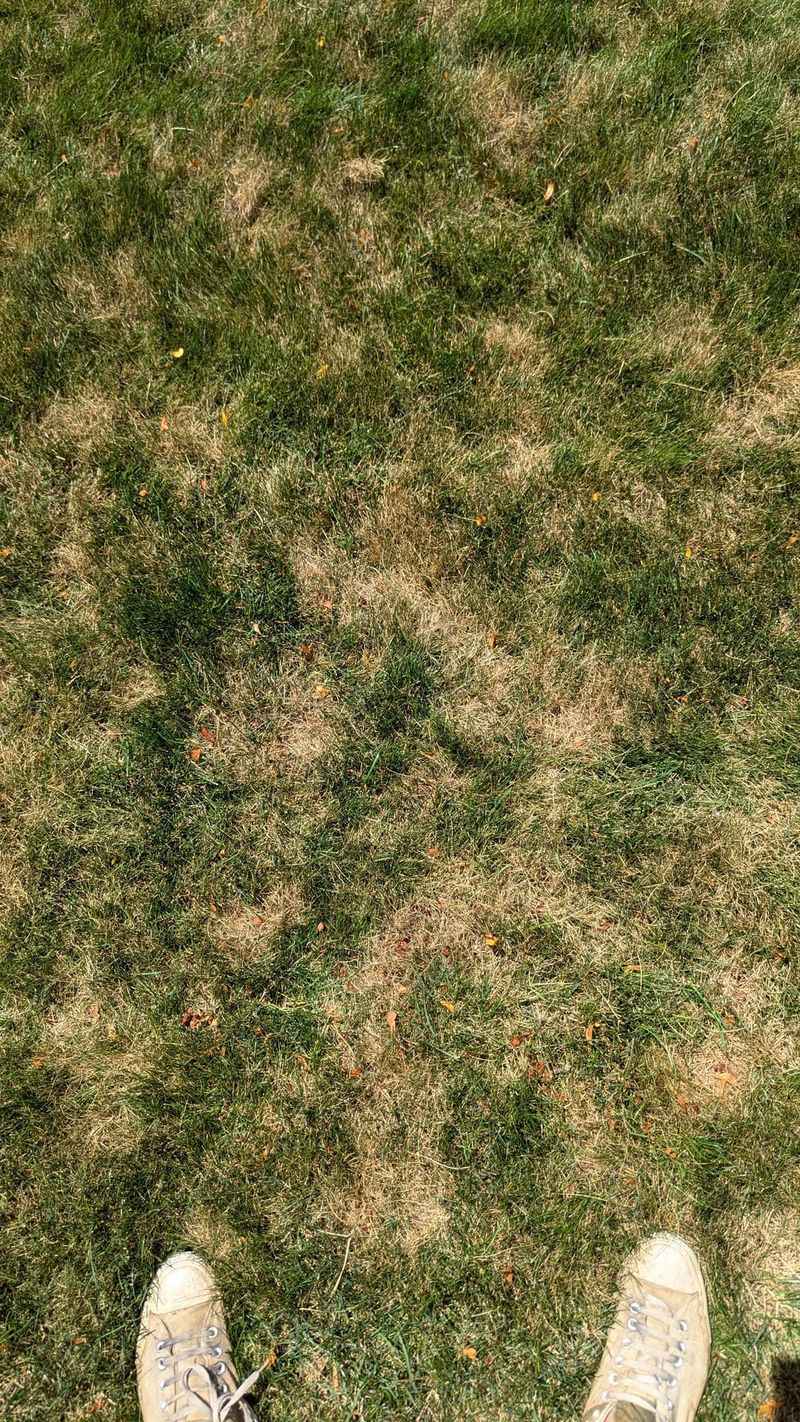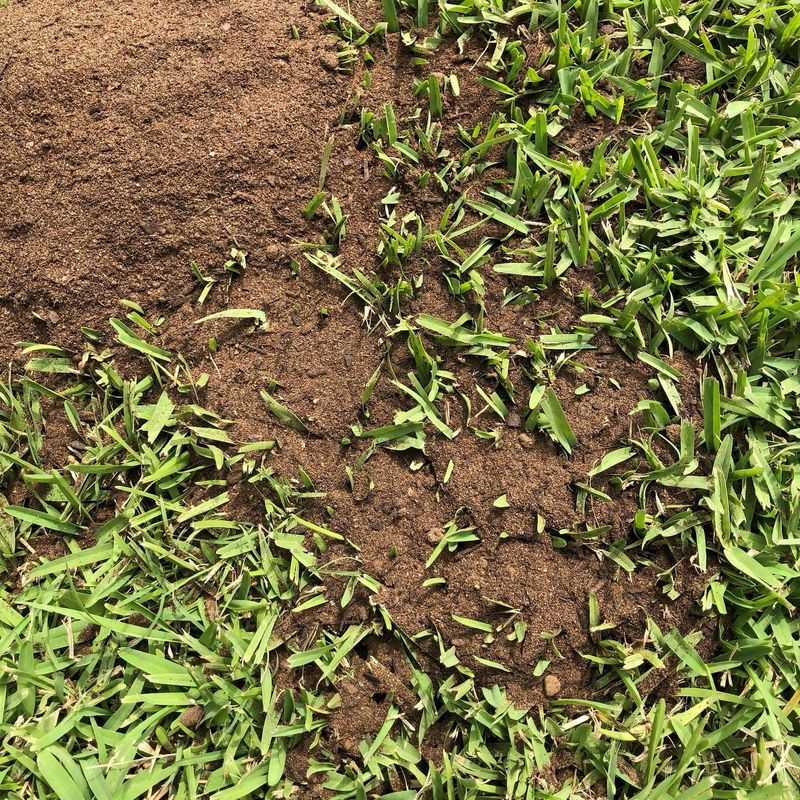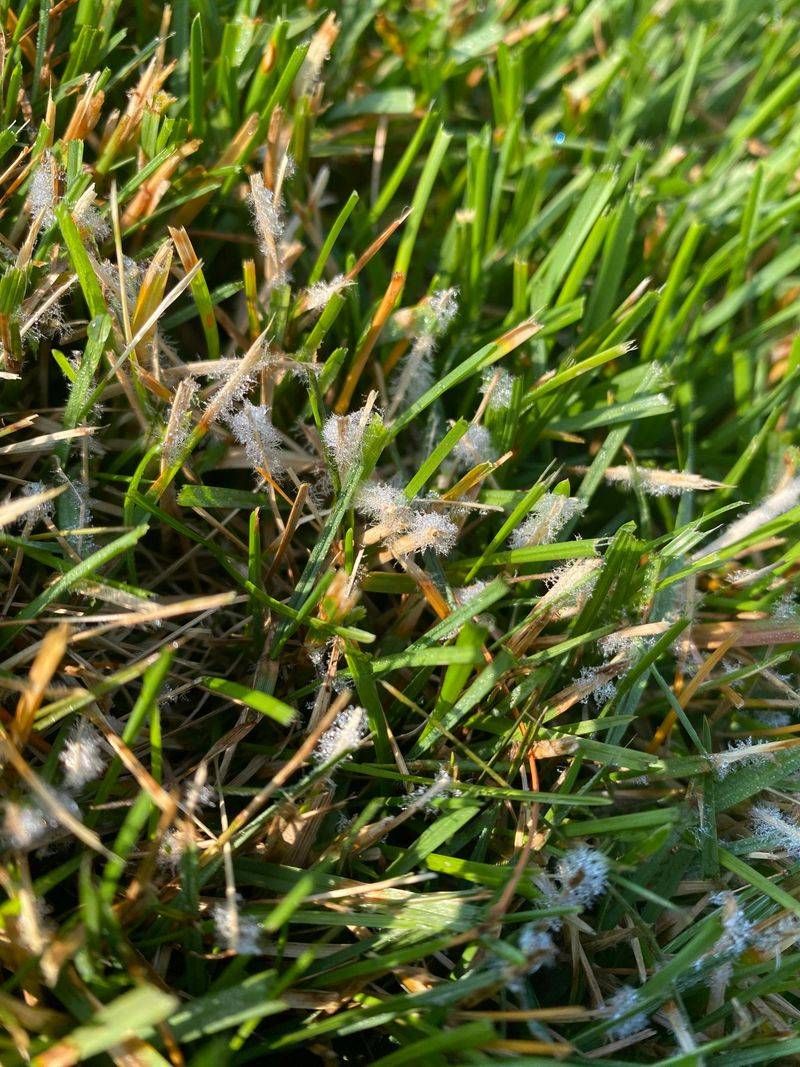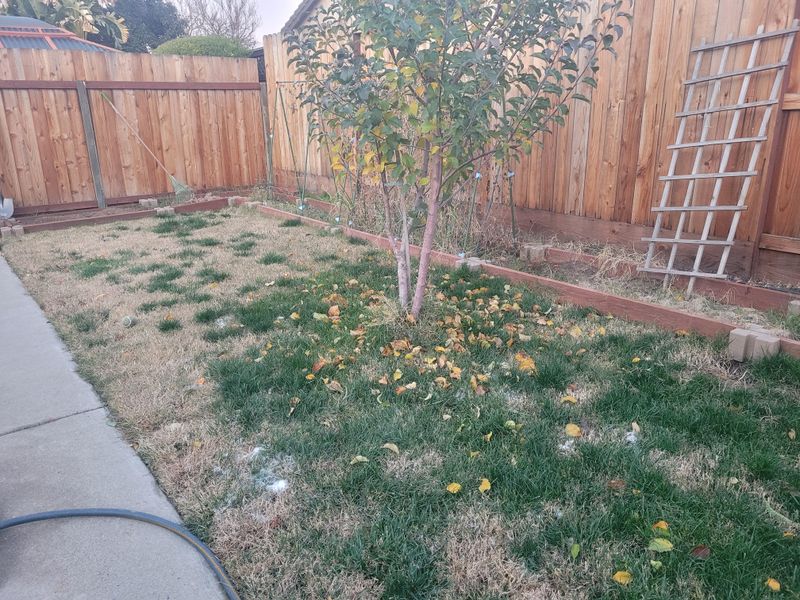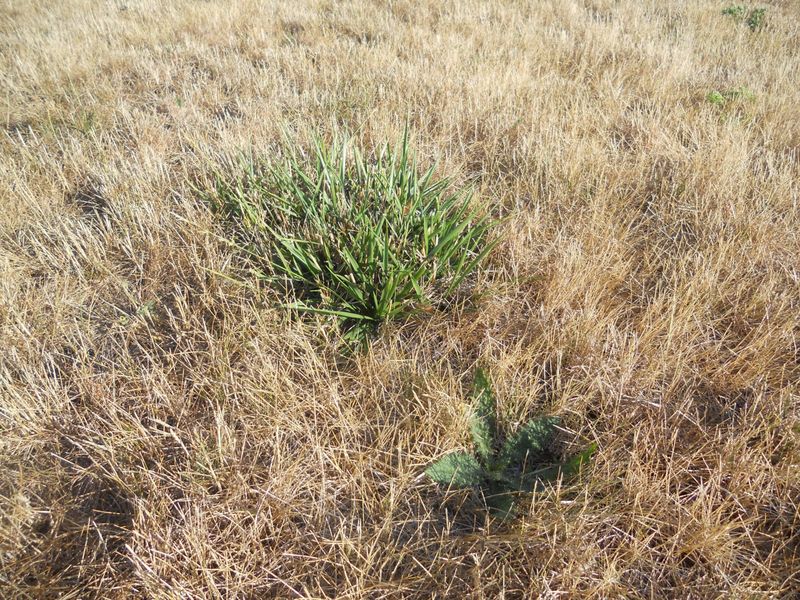Brown spots on your lawn can be an eyesore, transforming a lush green expanse into a patchy and unattractive landscape. Understanding the causes behind these blemishes is essential for restoring your lawn’s beauty and health. In this article, we’ll explore 22 common culprits behind those unsightly brown patches and provide actionable solutions to revive your lawn’s vibrant appearance.
1. Dry Weather Conditions
When the sun shows no mercy, your lawn might start to suffer. Extended periods of dry weather can lead to brown patches as grass struggles to retain moisture.
Parched and thirsty, the green blades transform into brittle brown remnants. To combat this, consider implementing a regular watering schedule, particularly in the early morning or late evening.
This ensures the grass retains moisture without the risk of evaporation. Additionally, installing a sprinkler system can help maintain consistent hydration, keeping your lawn lush and healthy.
2. Over-fertilization
Too much of a good thing can be harmful, even for your lawn. Over-fertilization can scorch grass, causing brown patches to appear.
The excess nutrients overwhelm the grass, leading to chemical burns that manifest as unsightly spots. To address this, it’s crucial to adhere to recommended fertilization guidelines. Using a slow-release fertilizer allows for a steady supply of nutrients, reducing the risk of overfeeding.
Regularly testing soil can also offer insights, helping you tailor your fertilization approach for optimal lawn health.
3. Pest Infestation
Tiny invaders might be the culprits behind your lawn’s brown patches. Pests such as grubs, chinch bugs, and sod webworms feast on grass roots, leaving brown trails in their wake.
Their relentless feeding weakens the grass, turning vibrant green into dull brown. Combatting these pests involves identifying the specific invader, followed by targeted treatment.
Insecticidal soaps or nematodes can be effective solutions. Regular lawn inspections help catch infestations early, ensuring minimal damage and a swift recovery.
4. Thatch Buildup
A hidden problem beneath the surface, thatch buildup can suffocate your lawn. This layer of dead grass and roots prevents water and nutrients from penetrating to the soil, resulting in brown patches.
Regular dethatching helps keep this under control. Tools like a dethatching rake or a power rake can effectively remove the excess layer.
Doing this in early spring or fall ensures your lawn can recover quickly, fostering healthy and vibrant grass growth.
5. Dog Urine
Even man’s best friend can unintentionally damage your lawn. Dog urine contains high levels of nitrogen, which can lead to lawn burns that create brown patches.
Regularly flushing the area with water can dilute the nitrogen concentration, minimizing damage. Training pets to use a designated spot or investing in pet-friendly grass treatments can also mitigate the problem. Remember, keeping your lawn hydrated and healthy is key to preventing such patches from becoming a persistent issue.
6. Fungal Diseases
Fungi love to wreak havoc on lawns, often leaving brown spots as their signature mark. Conditions like Brown Patch or Dollar Spot thrive in warm, humid environments.
These fungi feast on grass, leading to discolored and dying patches. Preventative measures include proper lawn aeration and ensuring adequate sunlight exposure.
If fungi appear, fungicides can offer a solution. Regular monitoring and maintaining a balanced ecosystem will keep fungal intruders at bay.
7. Improper Mowing Techniques
Mowing might seem straightforward, but doing it wrong can harm your lawn. Cutting grass too short weakens its structure, leading to brown patches.
This causes stress to the grass, making it susceptible to diseases and drought. To prevent this, maintain your mower blades sharp and adhere to the one-third rule—never cut more than a third of the grass height at a time.
This ensures the grass remains strong and resilient, maintaining its lush green appearance.
8. Soil Compaction
A compacted lawn is like a roadblock for nutrients and water. When the soil is too tightly packed, roots can’t access the essentials needed for growth, resulting in brown patches.
Address this issue by aerating the soil, which involves making small holes to allow air, water, and nutrients to reach the roots. Utilizing a core aerator annually can alleviate compaction, promoting a healthier, more vibrant lawn.
9. Poor Soil Quality
Not all soil is created equal, and poor quality can lead to a struggling lawn. Nutrient-deficient or overly acidic soil results in weak grass that browns easily.
Conducting a soil test can offer insights into its composition. Based on results, amend the soil with appropriate fertilizers or lime to balance pH levels.
With improved soil quality, your lawn will have the necessary foundation to thrive, showcasing a rich, green hue.
10. Shade Stress
Grass needs sunlight, and too much shade can cause stress, leading to brown patches. Without adequate light, grass struggles to photosynthesize, affecting its growth and color.
Trimming back overhanging branches or choosing shade-tolerant grass varieties can help. Additionally, rearranging garden furniture or structures might allow more sunlight to reach affected areas, restoring the lawn’s vibrant green appearance.
11. Watering at the Wrong Time
Timing is everything, especially with watering. Watering during the heat of the day causes quick evaporation, leaving grass parched and brown.
Early morning or late evening watering ensures water reaches the roots, minimizing evaporation risks. Using a timer on your sprinkler system can help maintain consistency, ensuring your lawn remains hydrated and vibrant.
12. Chemical Burns
Harsh chemicals can sometimes do more harm than good, leading to chemical burns that manifest as brown spots.
Pesticides or herbicide misuse often results in this damage. Always follow label instructions and apply chemicals sparingly, targeting only necessary areas.
Implementing less toxic, natural alternatives can protect your lawn from unexpected chemical reactions, maintaining its lush, green vitality.
13. Salt Damage
Winter care can inadvertently harm your lawn, especially with road salt. As snow melts, salt can seep into the soil, causing grass to turn brown.
Rinsing affected areas with water or using calcium chloride instead of rock salt can mitigate damage. Creating physical barriers, like burlap screens, can also prevent salt from reaching your lawn, keeping it healthy through the colder months.
14. New Sod Installation
Installing new sod is exciting, but poor rooting can lead to brown patches. Without proper soil contact, sod struggles to establish, causing discoloration.
Ensuring the soil is well-prepared and sod is laid correctly is crucial. Watering thoroughly, especially in the initial weeks, helps roots establish firmly.
With patience and care, your new sod will transform into a lush, green lawn.
15. Foot Traffic
Constant foot traffic can wear down a lawn, compacting soil and damaging grass. High-traffic areas often show signs of stress with brown, sparse patches.
Redistributing traffic flow or installing stepping stones can alleviate stress on specific areas. Regular aeration also helps the grass recover, ensuring your lawn remains lush and resilient despite heavy use.
16. Inadequate Drainage
Poor drainage can drown your lawn, leading to brown patches. Waterlogged soil prevents proper air circulation, suffocating roots. Installing drainage solutions, like French drains or adjusting the lawn’s slope, can divert excess water.
Regularly checking for areas where water pools ensures your lawn receives adequate oxygen and nutrients, promoting healthy growth.
17. Lawn Disease
Various lawn diseases can cause brown patches, each with unique symptoms. Whether it’s rust or leaf spot, recognizing the disease is crucial for effective treatment.
Applying fungicides and improving lawn care practices, such as proper watering and mowing, can combat these diseases. Consulting with a lawn care expert ensures correct identification and treatment, restoring your lawn’s health.
18. Iron Deficiency
Grass, like all plants, needs iron for a vibrant green color. Iron deficiency can turn grass yellow and eventually brown. Soil testing helps confirm this issue. Applying iron supplements or chelated iron can rectify the deficiency, reviving your lawn’s appearance.
Regularly monitoring nutrient levels ensures your lawn remains lush and healthy, boasting a rich, green hue.
19. Winter Kill
Cold winter winds can sometimes be unforgiving, leading to winter kill. Harsh conditions damage grass crowns, resulting in brown patches as spring arrives.
To combat this, provide adequate winter protection by mulching or using frost blankets. Choosing hardy grass varieties can also ensure resilience, allowing your lawn to bounce back even after the harshest winters.
20. Drought Stress
When rain is scarce, drought stress can take its toll on your lawn. Without sufficient water, grass turns brown and brittle. Implementing a drought-tolerant grass variety and adjusting your watering schedule can help.
Mulching can also preserve moisture, aiding in maintaining your lawn’s health even during extended dry spells.


